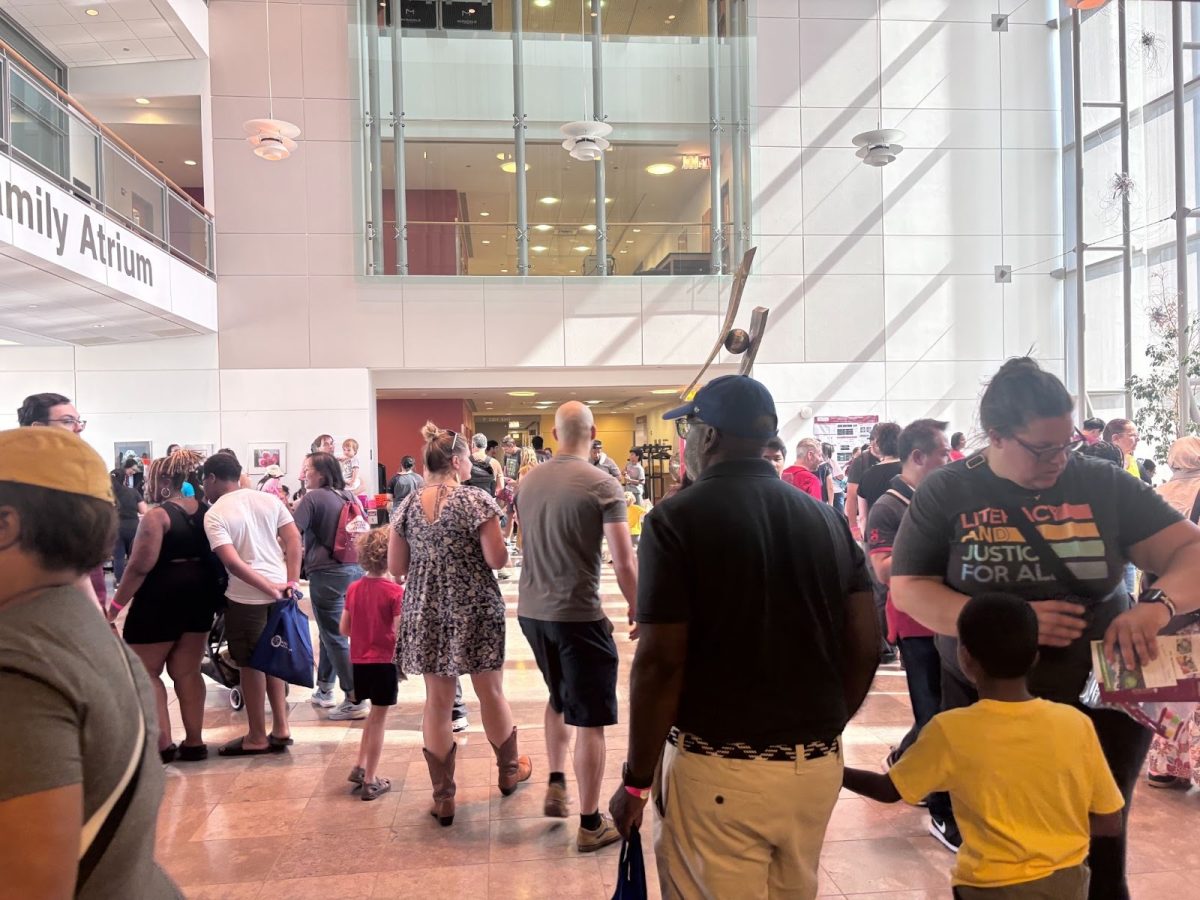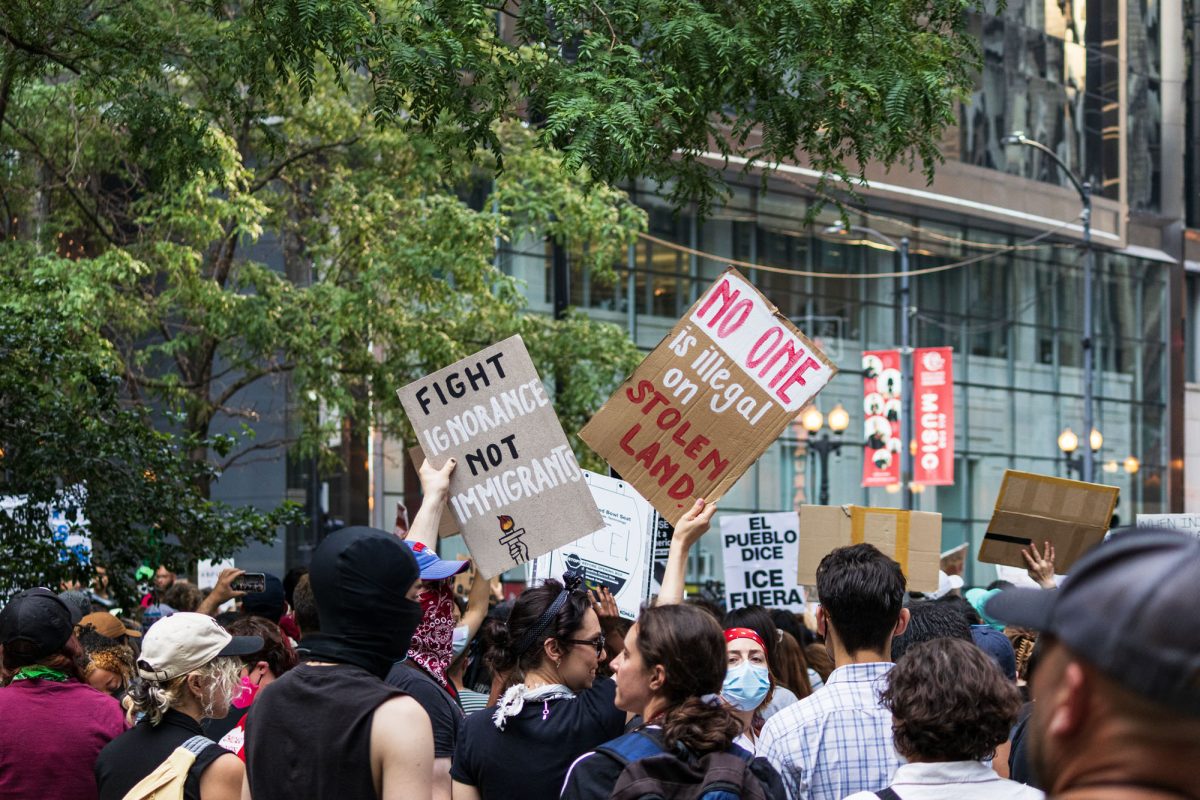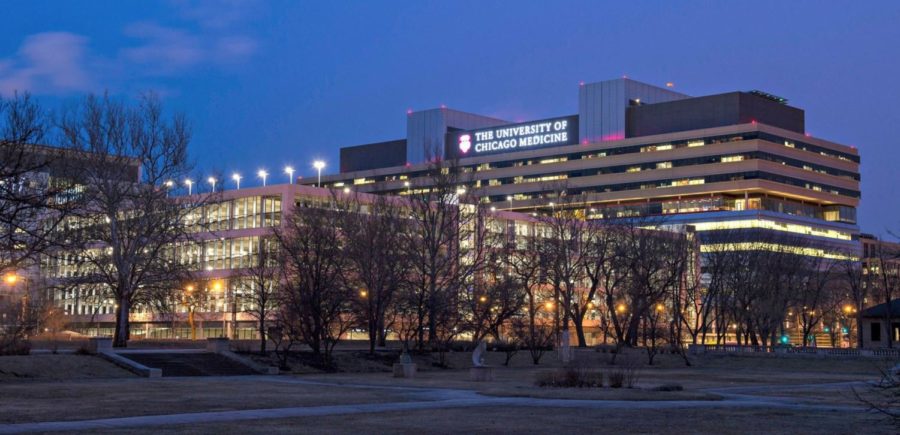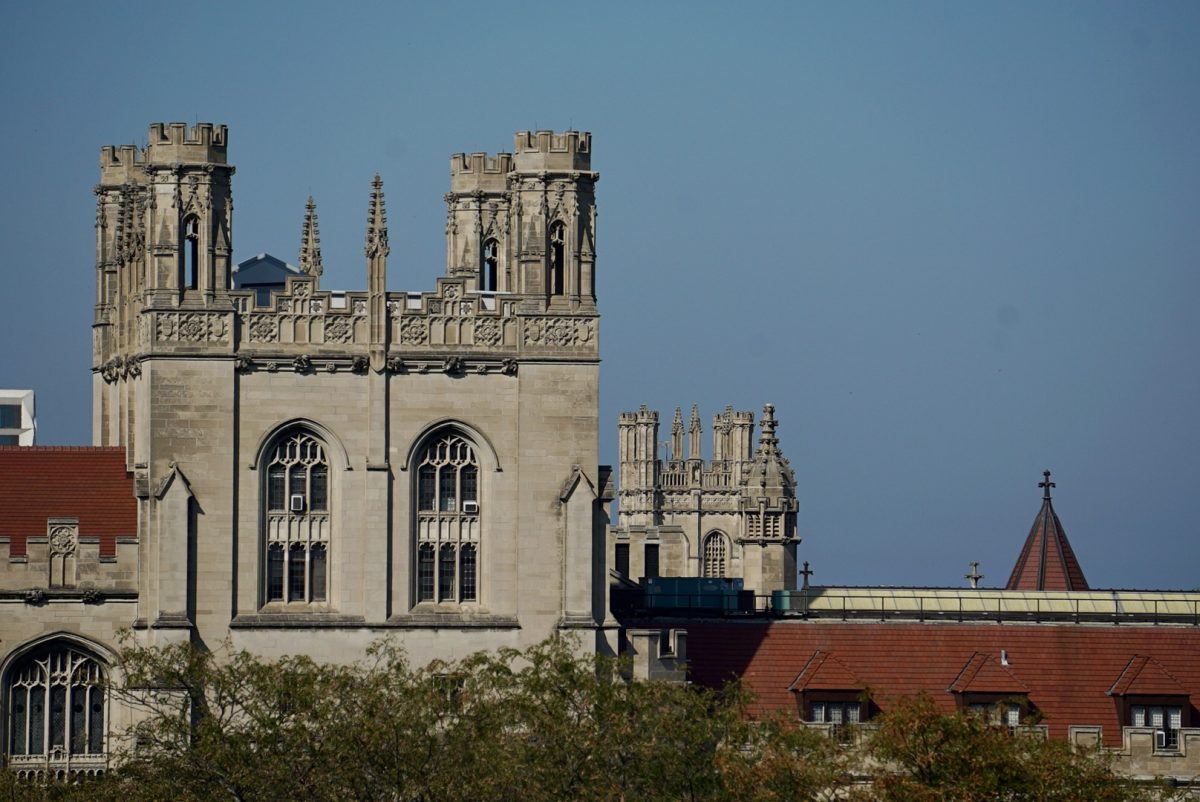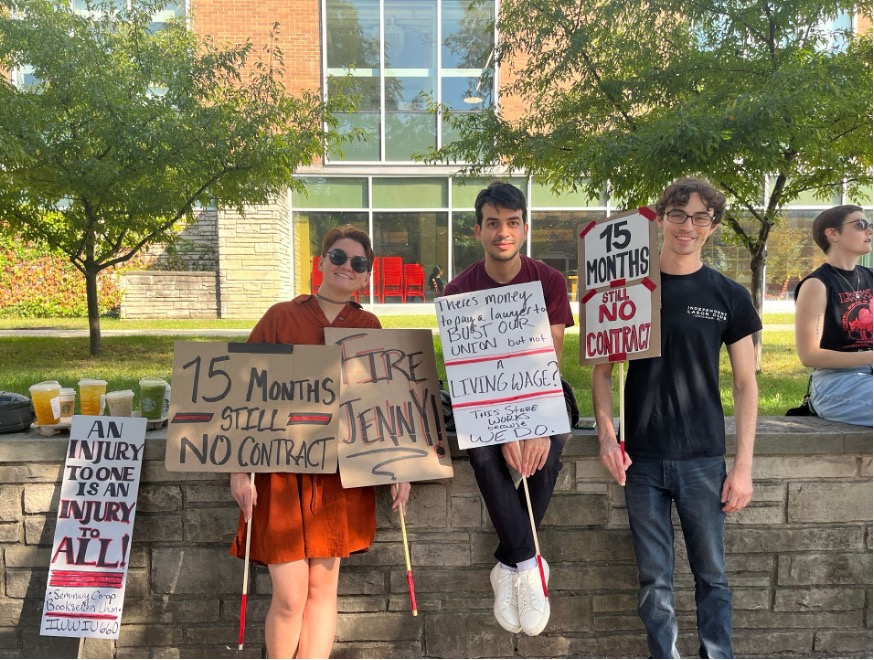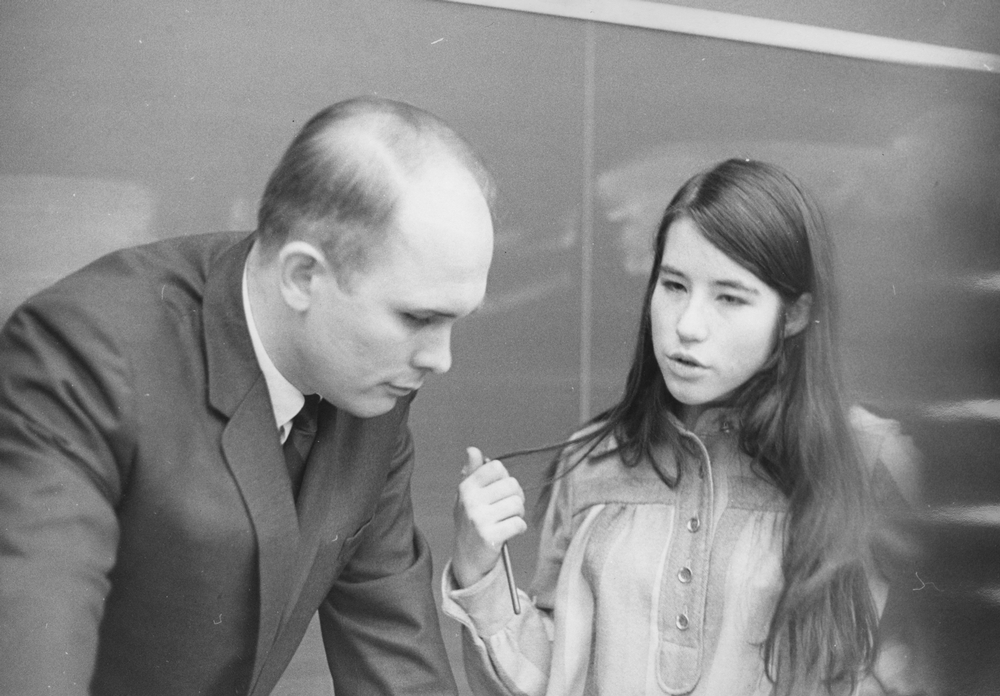September ended with a literal bang for Chicago: The city had reached 400 homicides and was on the path to hit 500 by the end of the year, a 25 percent increase over the same period from 2011.
Right before this bleak milestone that cemented Chicago’s status as one of the nation’s most deadly metropolises, the University of Chicago Crime Lab had devoted the summer to tracking the source of crime, locating the origins of 4,956 guns recovered by the Chicago Police Department (CPD) between 2011 and 2012.
The report upsets the conventional belief in the prevalence of a gun pipeline from Mississippi to Illinois, finding that the plurality of guns recovered by CPD in Chicago (44 percent) were purchased in Illinois. The findings have serious implications for Cook County, which provided 1,521 guns of the 5,000 guns recovered, making it the greatest source of guns in the state.
Cook County Board President and former Fourth Ward alderman Toni Preckwinkle (A.B. ’69, M.A.T. ’77) has responded to the findings with a proposed violence tax that would levy a $25 tax on all guns and five cents on every bullet purchased within Cook County.
Preckwinkle justified the tax with both the need to prevent and pay for the aftermath of gun violence.
However, a tax would do little to curb firearm usage, according to Eduardo Bocanegra, a graduate student at the Social Service Administration and member of CeaseFire, a mediation program that enlists ex-gang members to diffuse possibly violent situations.
Bocanegra, better known as Eddie from the 2011 documentary The Interrupters, said that, for gang leaders, “it’s not an issue of being twenty-five dollars short. It’s about collecting more dues or waiting a week.”
Instead, Bocanegra stressed gun owner registration and accountability as a response to the startling statistic in the Crime Lab Report that 416 of the guns came from Chuck’s Gun Shop, about 15 miles south of Hyde Park. The next largest share—48 guns—came from Bell’s Gun and Sport Shop in Franklin Park on the West Side.
According to the report, possessors are primarily concentrated in the west and south parts of Chicago, neighborhoods noted for high murder rates.
Alderman Leslie Hairston of the Fifth Ward said that the issue of Preckwinkle’s proposal was outside of her purview. Fourth Ward Alderman Will Burns could not be reached for comment.
Outside the political realm, the prevalence and wide availability of guns in certain neighborhoods is hardly news, according to Sarah Ward, executive director of the South Chicago Arts Center. Ward’s community center, located on 91st Street, recently put on an exhibition titled “343 Guns,” commemorating the 343 Chicago youth killed by guns last year.
“[These kids] don’t talk about it a lot because it’s a part of their lives. If someone grew up eating Captain Crunch every morning, they wouldn’t say they ate it every morning. It’s par for the course,” she said.
With price tags of $50 off the street, acquiring a gun is easy. “If the kid had to pay twenty more dollars, there might be less randomness to the killings,” Ward said.
Bocanegra points out that, even if a tax would prove effective in curbing the number of guns purchased in Illinois, 56 percent come from out-of-state and would not be affected by a local policy.
Meanwhile, the report shows that recovery of firearms has increased every year since 2001.
As of Wednesday, CPD has confiscated more than 6,000 guns this year. This total outstrips the number of firearms per capita seized in New York City by a factor of nine and Los Angeles by three, according to the Chicago Sun-Times.
These measures—axes and recovery—are not enough, Bocanegra and Ward suggested.
“[There’s] a lack of programs that are actually addressing prevention and intervention in a way that helps family and youth,” Bocanegra said.
Ward described the best gun violence prevention program as one that “gives kids the opportunity to show pride in what they do. They need programs that fulfill basic human needs like respect and love and encouragement.”




